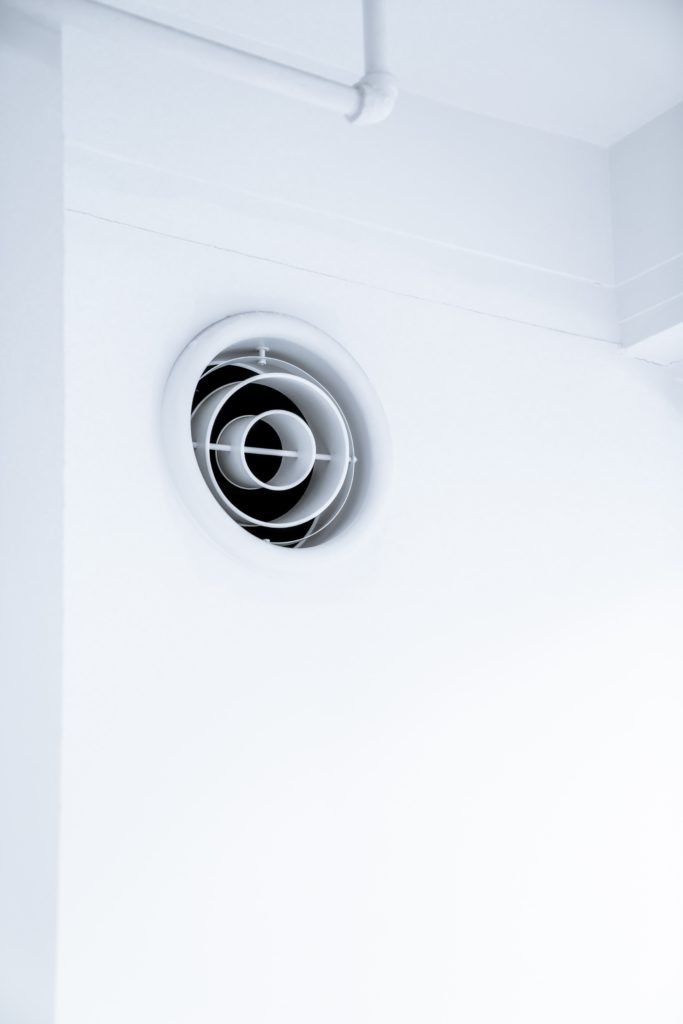Your home’s heating, ventilation, and air conditioning (HVAC) system regulate the airflow and temperature in your home. Without an effective HVAC system, your home may not warm up during the winter months or be too warm during the summer.
An inefficient HVAC system expends more energy and runs for more extended periods to reach your desired temperatures. Your electric bills spike when your HVAC unit works harder, which is one reason it’s essential you use practical tips and tricks to evaluate your HVAC system’s performance and invest in regular HVAC maintenance.
Check the airflow throughout your home.
Your HVAC unit must distribute air effectively to cool or heat your home. An anemometer measures air velocity. An electric anemometer will determine your system’s airflow volume by measuring the amount of air that passes a stationary object within 60 seconds. Effective air conditioning units have a capacity of 350 to 450 cubic feet per minute (CFM). Your home won’t cool down if the flow rate is too low.
You should also check your home’s supply and return vents. Both are crucial. Your supply vents send cool or warm air throughout your home, while your return vents draw in air that will be heated or cooled before being sent back into your living spaces. If your system can’t draw air through the return vents, it won’t have air to warm or cool, and your HVAC unit won’t operate correctly. If your supply vents are blocked, your HVAC system can’t heat or cool your home.
All you need to check your supply and return vents is a piece of tissue paper. Hold the paper approximately six inches from return vents. The air should pull the tissue paper towards the vent. If the tissue paper is placed against the vent, the air pressure should hold the tissue paper in place. Supply vents should blow tissue paper away. You’ll know there’s a problem with your supply vent if you hold tissue paper against a supply vent, and it stays in place or slides off.
Check your home’s temperature.

Use a thermometer to check the temperature in each room of your home. You can expect to see some variations based on the location of each room and external variables. Since hot air rises, upstairs rooms are typically a few degrees warmer than rooms on the main floor of your home. Exposure to sunlight can also cause temperature variations. Check each room’s temperature to identify unexpected variations. Significant temperature variations can be a sign of a blocked or damaged duct.
Compare your energy costs.

Review your energy bills to determine if your energy costs have increased unexpectedly. Higher energy bills can indicate a problem with your HVAC system. If you can’t pinpoint the source of the problem, the best way to determine the reason for the increased energy use is to have a certified HVAC technician inspect your system. Expert technicians have the tools and knowledge needed to identify faulty parts, blocked ducts, holes in ducts, or other problems compromising your system’s energy efficiency.
You can also have an HVAC technician conduct a performance evaluation for your HVAC system. HVAC technicians will conduct the tests required to determine why your energy costs have increased and how to resolve issues compromising your HVAC system’s performance. A performance evaluation may also identify other issues. For example, HVAC units can distribute toxins throughout your home if filters aren’t cleaned and replaced regularly. Ducts can store allergens your system sends throughout the house, causing people to get sick. Investing in a performance evaluation protects your family and preserves the value of your home.
Perform routine maintenance.
Create a maintenance list for your HVAC system and ensure you perform routine maintenance. Typical tasks include performing a visual inspection of the system, changing the filters, and lubricating the system’s moving parts. Completing a maintenance checklist can alert you to potential performance issues. You can also obtain a maintenance contract with a certified HVAC technician who’ll perform regular maintenance on your unit. Regular maintenance ensures your unit works properly, keeps your energy bills down, and extends the life of your HVAC system.
Ever wonder why mobile kitchens are so popular? Mobile kitchens offer quick access to various dishes without heating your home during the hot summer months. You can also reduce demand on your air conditioning system by grilling food outdoors, but if you notice an extreme spike in energy costs when you start cooking indoors, it may be a sign there’s an issue with your HVAC system’s performance.
Checking your HVAC system’s airflow and the temperature throughout your home can help you identify performance issues with your HVAC unit. You can also assess your unit’s performance by reviewing your energy costs and performing routine maintenance.





